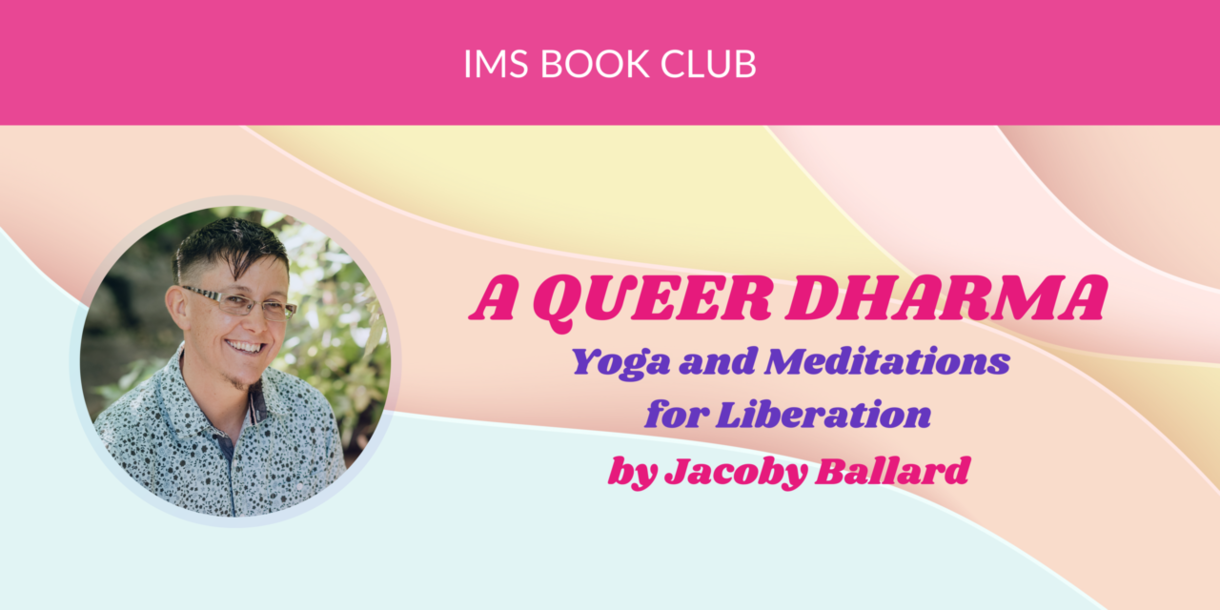
You are listening as well as you can to the universe, and often you will
see that when things start to happen a certain way, your mind will
focus in on that because you’re looking for patterns, which we call
‘synchronicity’.
Often you will just get caught in your desire to find a pattern that
will give you an external validation for what you’re doing. You just end
up using the universe again to do it to yourself.
So stay with your truth from moment to moment, and get the clues
wherever you can. I mean, I’ll open up the Chuang-tzu and read something
when I have a question, and if it doesn’t feel good, I say, “Well, that
was interesting,” and I close it. If it feels like what I wanted to do
anyway, I say, “Ohhh, wow, synchronicity!” And I do it, so I’ve learned
that I’m a complete phony anyway, so I might as well just honor it and
get on with it.
- Ram Dass -










